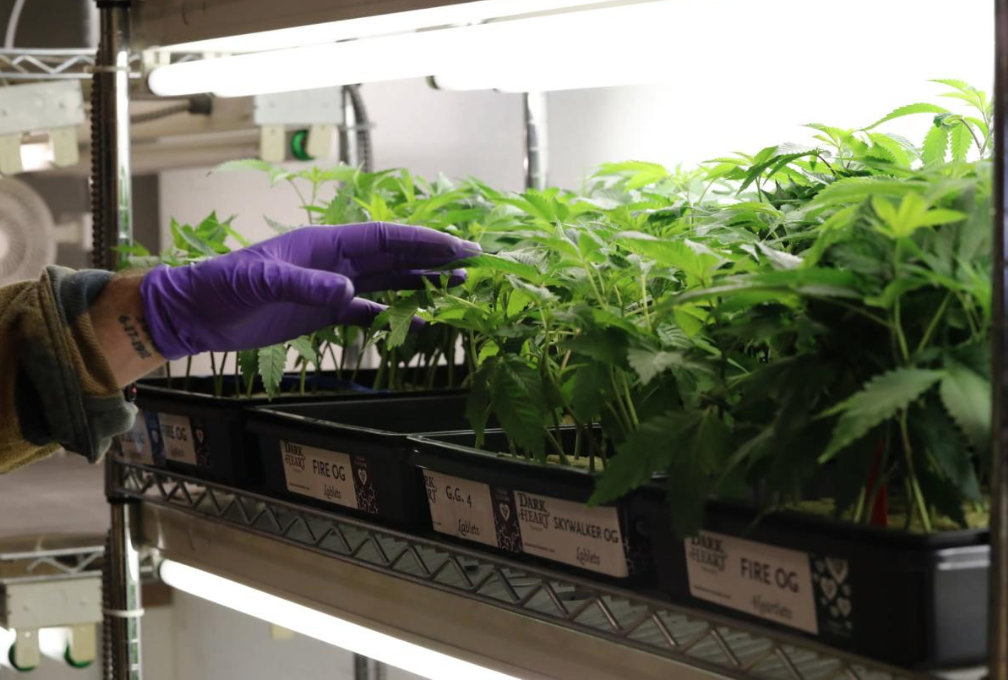Nasal congestion, headache and sore throat, are the currently most frequent symptoms of people with coronavirus in Argentina, specialists agreed this Thursday who pointed out that this occurs in line with what happens in the rest of the world, where the lack of smell and taste no longer appear so commonly.
“What we are seeing is that the cases of Covid-19 are now very different from what we saw at the beginning, even from last year. Today we see more flu-like symptoms, this is nasal congestion, headache, sore throat, decay and muscle pain,” The infectious disease doctor Martín Hojman from the Rivadavia Hospital in the city of Buenos Aires told Télam.
For Hojman, “there is a lower incidence on the lower respiratory tract, that is, on the lung”, although he pointed out that “in the face of this type of symptoms that are not serious, people consult much less”.
In the same way, the infectious disease doctor Elena Obieta, member of the Argentine Society of Infectious Diseases (SADI), stressed that “as a result of the vaccines, we no longer see those patients who were admitted with respiratory failure, went to therapy and many of them died.”
Obieta indicated that now there are also fewer cases of people with Covid who have skin manifestations.
“During the first year we saw many patients with skin spots, sometimes pruritic that itched, including pernio erythema (chilblains) and today this symptom is practically absent,” he explained.
“Currently, with the subvariants of Omicron BA.2, and the more contagious BA.4 and BA.5, dominant in various regions of the world, the most common symptoms reported globally and which coincide with what is observed in Argentina are a sore throat, a headache”Ramiro Heredia
Describing the current Covid picture, The specialist stated that “You see a little fever, a lot of sore throat, runny nose, tiredness, muscle aches, headache, chills (sensitive skin) even without a high fever”.
“In other words, the new variants seem to affect what we call the upper airways more”accurate.
However, he also observed that “people today have body aches, a little fever, sore throat, the whole family is the same and they tell you: ‘I have the flu’ but it is not tested, so we will not know if that was adenovirus, influenza or coronavirus”.
For its part, the clinician of the Emergency Division of the Hospital de Clínicas, Ramiro Herediapointed out that throughout the pandemic it could be seen how the Covid-19 was changing over time and said that this “is due to multiple causes”.
“In the first place, to the immunity of the population. At first it was a new virus, nobody had immunity and there were no vaccines; then people became infected and vaccines emerged and a wall of immunity was generated in a large part of the population” , he remembered.
And continued: “In this context, the profile of symptoms caused by the virus was changing, perhaps because of this or perhaps due to characteristics of the virus itself.”
Heredia described that in the first wave, which was caused by the original or Wuhan variant, there were patients with flu-like symptoms with cough, shortness of breath, sore throat, tiredness, muscle aches and a high percentage who had pneumonia (a lower tract infection).
“During the first year we saw many patients with skin spots, sometimes pruritic that itched, even pernio erythema and today this symptom is practically absent”Elena Obieta
The doctor specified that “some works from that time showed that 70% of people who had Covid at some point had pneumonia.”
“With the Delta, Alpha, Gamma variants (or Manaus as we called it) and the one we called Andean, a symptom was consolidated that was the loss of smell and taste that we had also detected at the beginning of the pandemic,” he added.
The specialist explained that at that time, The Argentine Smell Network (ROA) had observed that 70% of people with Covid at some point during the disease had had changes in taste, smell or both.
“Gastrointestinal symptoms have also been reported more frequently with Delta,” he said.
But with the arrival of Ómicron, in December of last year, a different profile of symptoms appeared.
“What we saw is that it was the most contagious variant up to that time, but the symptoms appeared in the upper airways – cold type – and there were fewer with pneumonia or severe respiratory disease,” he described, and maintained that this is explained in part by the characteristics characteristic of the variant but also by the immunity acquired by previous infections and by vaccines.
As a consequence of its high transmissibility, Ómicron generated an unprecedented wave of infections in Argentina and throughout the world and sub-variants emerged -and still do.
“It is key to take extreme care while you have symptoms and test people who have an indication according to the recommendations of the Ministry of Health, so as not to infect the most vulnerable populations against the virus”Ramiro Heredia
“Currently, with the subvariants of Omicron BA.2, and the more contagious BA.4 and BA.5, dominant in various regions of the world, the most common symptoms reported globally and which coincide with what is observed in Argentina are sore throat, headache, dry cough and nasal symptoms, which are seen in 50 to 60 percent of patients,” Heredia explained.
And he continued: “A slightly smaller percentage have dysphonia, sneezing and tiredness and what is reported as very rare is the loss of taste and smell, present between 10 and 12 percent of patients; there are also many fewer patients with pneumonia.
“Another important point is that Omicron was found to infect more children in the pediatric population than the other variants. Although the pictures are slight; this is also an incentive to vaccinate girls and boys,” she explained.
In this context, Heredia emphasized that anyone who has a viral condition, which looks like a common cold, the flu or angina, could have SARS-CoV-2, which is widely circulating, and for which there is significant underreporting.
“Then it is key to take extreme care while you have symptoms and test people who have an indication according to the recommendations of the Ministry of Health, so as not to infect the most vulnerable populations against the virus,” he recommended.
Finally, He insisted on the need to comply with vaccination, both primary and booster. “Currently the third and fourth doses are being given to the entire population, and the fifth to the immunocompromised and those over 50 who had received the two initial doses with the Sinopharm vaccine,” he concluded.
















